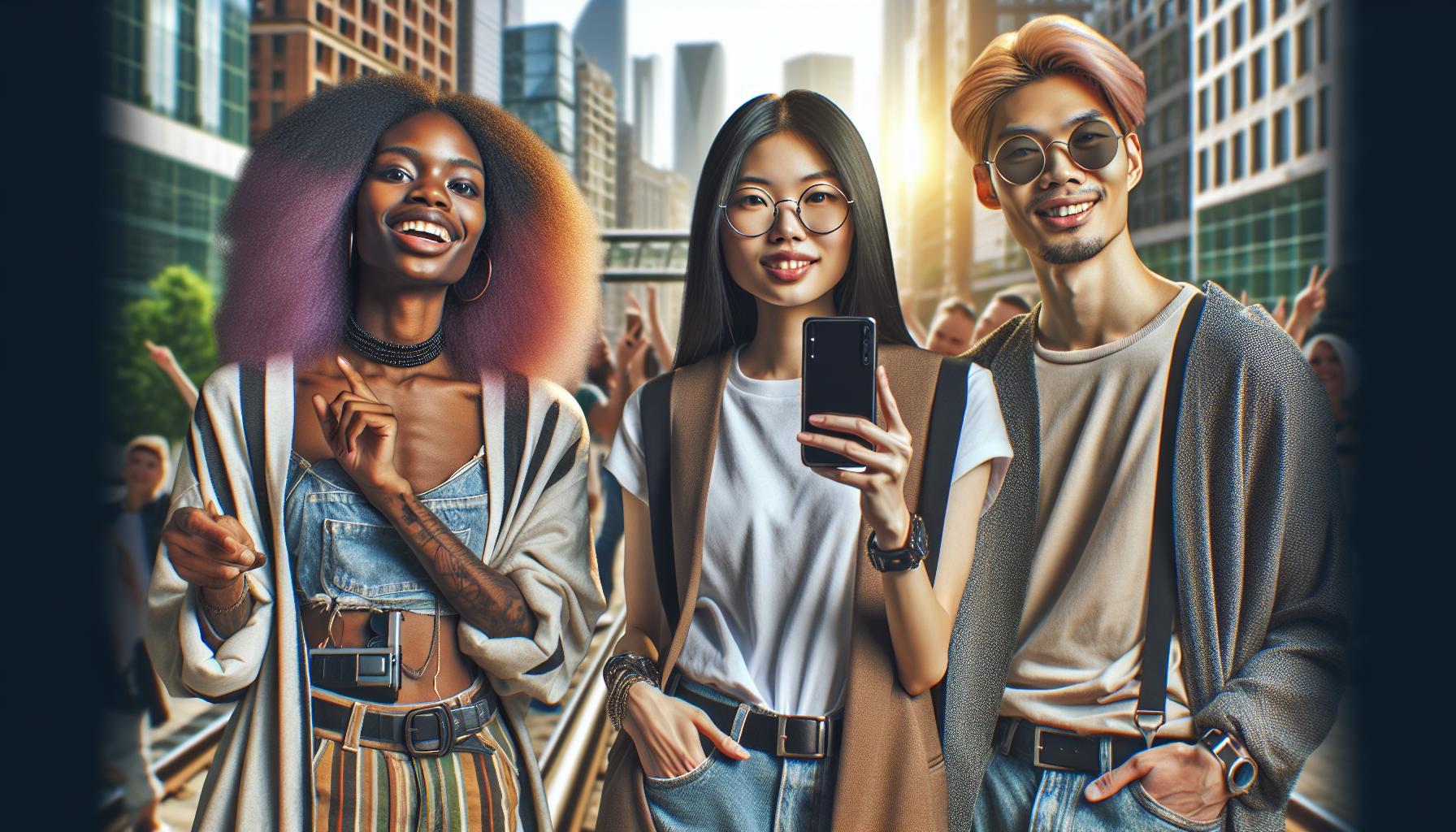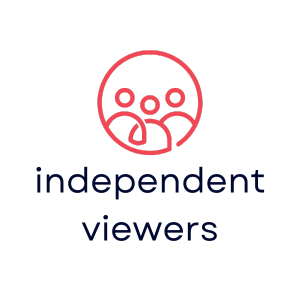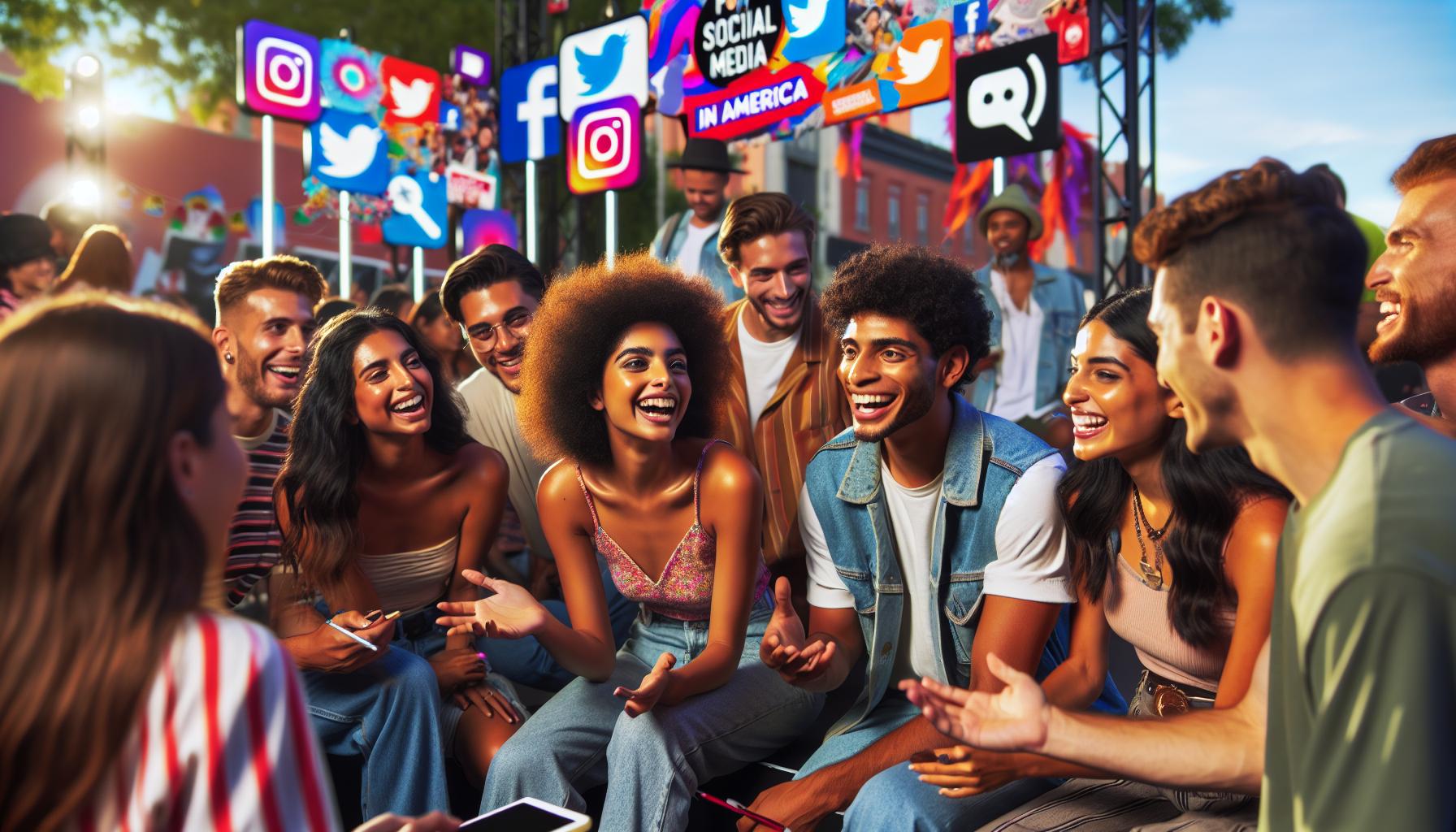Influencer marketing has revolutionized how brands connect with their target audiences in today’s digital landscape. As social media platforms continue to evolve consumers increasingly turn to trusted online personalities for product recommendations and lifestyle inspiration.
The rise of influencer marketing has created a dynamic ecosystem where content creators brands and audiences interact in unprecedented ways. This shift has transformed traditional advertising models leading to the emergence of a new social hierarchy where influence is measured in followers engagement rates and authentic connections. The industry’s explosive growth has produced a projected market value of $21.1 billion in 2023 clearly demonstrating its significant impact on modern marketing strategies.
Understanding Influencer Marketing in Modern Society
Influencer marketing represents a fundamental shift in how brands connect with audiences through digital channels. This marketing approach leverages the trust and authority of content creators who’ve built engaged communities around specific niches or interests.
The Evolution of Social Media Influence
Social media platforms transformed from simple communication tools into powerful marketing channels between 2010 and 2023. Instagram’s introduction of sponsored posts in 2013 marked the first formalized influencer advertising system. Platform-specific features evolved to support creator monetization:
- Instagram launched Shopping Tags (2016)
- YouTube implemented Super Chat (2017)
- TikTok created the Creator Fund (2020)
Key metrics that define modern social media influence:
| Metric | Impact on Marketing |
|---|---|
| Engagement Rate | 5-8% considered strong |
| Micro-influencer Following | 10,000-100,000 followers |
| Macro-influencer Following | 100,000-1M followers |
| Average Campaign ROI | $5.78 per $1 spent |
Cultural Impact and Consumer Behavior
Social media influencers shape purchasing decisions through authentic content creation and community engagement. Studies indicate 49% of consumers rely on influencer recommendations for purchase decisions. Digital word-of-mouth creates new consumption patterns:
- Direct-to-consumer brand partnerships surge 300% annually
- User-generated content drives 6x higher engagement than brand content
- 92% of Gen Z discovers new products through social media influencers
| Platform | Primary Content Type | Average Engagement |
|---|---|---|
| Visual/Stories | 3.5% | |
| TikTok | Short-form Video | 17.9% |
| YouTube | Long-form Video | 1.63% |
Types of Social Media Influencers

Social media influencers segment into distinct categories based on their follower count, content focus, and engagement metrics. Each category serves specific marketing objectives and audience demographics.
Micro vs. Macro Influencers
Micro-influencers maintain follower counts between 10,000-100,000 with engagement rates averaging 7%. These creators generate 22.2x more conversations than typical consumers, focusing on niche markets with highly targeted audiences. Macro-influencers command followings above 100,000, reaching up to 1 million followers with average engagement rates of 5%. Their broad reach makes them ideal for brand awareness campaigns, though at higher costs ranging from $5,000-$10,000 per post.
| Influencer Type | Follower Range | Avg. Engagement Rate | Cost Per Post |
|---|---|---|---|
| Micro | 10K-100K | 7% | $100-$500 |
| Macro | 100K-1M | 5% | $5K-$10K |
Industry-Specific Content Creators
Industry-specific influencers specialize in defined market segments:
- Beauty creators generate $5.6 billion in annual revenue through makeup tutorials, product reviews, skincare routines
- Tech reviewers reach 87% of electronics consumers through unboxing videos, comparison tests, product demonstrations
- Fitness influencers drive $15.2 billion in health product sales via workout guides, nutrition tips, wellness challenges
- Fashion creators influence 73% of style-conscious consumers through outfit inspiration, trend forecasting, brand collaborations
- Gaming streamers generate $3.2 billion through live gameplay, equipment reviews, tournament coverage
These specialized creators maintain expertise in their respective fields, delivering targeted content to engaged audiences seeking specific industry insights.
The Economics of Influencer Marketing
The influencer marketing economy operates through a complex network of revenue streams, brand collaborations, and market dynamics. Digital content creators generate income through multiple channels while brands invest in influencer partnerships to achieve specific marketing objectives.
Brand Partnerships and Monetization
Content creators monetize their influence through diverse revenue streams:
- Sponsored Posts: Brands pay influencers $100-$1,000 per 10,000 followers for dedicated content
- Affiliate Marketing: Creators earn 5-20% commission on sales through tracked links
- Platform Revenue: YouTube offers $3-$5 per 1,000 views through AdSense
- Digital Products: Online courses, merchandise, and premium content generate passive income
- Brand Ambassadorships: Long-term partnerships provide monthly retainers ranging from $2,000-$50,000
Common partnership structures include:
- Pay-per-post arrangements with fixed fees
- Performance-based deals with revenue sharing
- Hybrid models combining guaranteed payments with performance bonuses
- Content licensing agreements for brand use
- Co-creation of product lines with revenue splits
Market Size and Growth Trends
The influencer marketing industry demonstrates substantial economic impact:
| Metric | Value |
|---|---|
| Global Market Size 2023 | $21.1 billion |
| Projected Growth Rate | 29.8% CAGR |
| Average Campaign ROI | $5.78 per $1 spent |
| Instagram Influencer Spend | $4.95 billion annually |
| TikTok Marketing Growth | 198% year-over-year |
- Micro-influencer partnerships increased 300% since 2020
- Virtual influencers attract $10M+ in brand investments
- Social commerce integration drives 35% higher conversion rates
- Live shopping events generate $500K average revenue per stream
- Cross-platform campaigns show 45% better engagement rates
Social Impact of Influencer Culture
Influencer culture has fundamentally reshaped social dynamics through digital platforms. Studies reveal 72% of Gen Z and millennials follow influencers actively on social media, indicating a significant shift in how society consumes content and forms opinions.
Changing Consumer Trust Dynamics
Consumer trust has shifted from traditional advertising to peer-like influencer recommendations. Research from Nielsen shows 92% of consumers trust influencer recommendations over traditional advertisements, while 88% of consumers place equal weight on online reviews and personal recommendations. This trust manifests in specific behaviors:
- Following multiple influencers across different platforms (average: 8 accounts per user)
- Engaging with sponsored content through likes, comments, shares (41% engagement rate)
- Making purchase decisions based on influencer recommendations (61% weekly purchases)
- Valuing authenticity markers such as unedited content, real-time interactions, transparency disclosures
Mental Health and Social Comparison
Social media influence creates measurable psychological impacts on users’ well-being. Research published in the Journal of Social Psychology indicates:
| Mental Health Factor | Impact Percentage |
|---|---|
| Anxiety from social comparison | 64% |
| Body image concerns | 58% |
| FOMO (Fear of Missing Out) | 52% |
| Depression symptoms | 43% |
The psychological effects manifest through:
- Increased screen time (average 2.5 additional hours daily)
- Unrealistic lifestyle expectations from curated content
- Decreased self-esteem from constant comparison
- Dopamine-driven feedback loops from social validation
- Pressure to maintain online personas matching influencer standards
- Teens (13-17): Higher vulnerability to peer pressure, body image issues
- Young Adults (18-25): Career anxiety, lifestyle comparisons
- Adults (26-40): Financial stress from aspirational content
Ethical Considerations in Influencer Marketing
Ethical practices form the foundation of sustainable influencer marketing relationships between creators, brands, and audiences. The complex interplay of commercial interests and authentic content creation presents unique challenges that require careful navigation.
Transparency and Disclosure Requirements
The Federal Trade Commission (FTC) mandates clear disclosure of sponsored content through specific hashtags like #ad or #sponsored on social media posts. Instagram’s branded content tools highlight commercial partnerships through “Paid partnership with” tags displayed at the top of posts. Creators looking to design high-quality content for their brand collaborations can benefit from a printable poster maker to create visually engaging promotional materials.
Partnership disclosure methods:
- Clear verbal statements in video content
- Prominent placement of disclosure tags above “more” buttons
- Written disclosures in the first three lines of captions
- Native platform tools for partnership identification
Authenticity vs. Commercialization
Content creators balance authentic storytelling with monetization requirements in sponsored content creation. Studies indicate that 45% of followers unfollow influencers who post excessive sponsored content while 83% appreciate transparent brand partnerships that align with the creator’s values.
Key authenticity metrics:
| Metric | Impact |
|---|---|
| Sponsored post frequency | Max 30% of total content |
| Engagement rate drop | 25% lower on sponsored vs. organic |
| Brand alignment score | Min 80% match with creator values |
| Audience retention | 65% higher with authentic partnerships |
- Testing products before endorsement
- Providing honest product feedback including limitations
- Creating original content formats for sponsored posts
- Maintaining consistent voice across paid partnerships
- Limiting concurrent brand collaborations to 3-4 partners
The Future of Digital Influence
Digital influence continues to evolve with technological advancements driving new forms of creator-audience engagement. The integration of artificial intelligence virtual reality metaverse technologies reshapes how brands connect with consumers through influencer partnerships.
Emerging Platforms and Technologies
Blockchain-powered creator economies enable direct monetization through NFTs social tokens with platforms like Rally recording $22M in creator coin transactions. Web3 technologies transform audience relationships through:
- Decentralized social networks (Lens Protocol Farcaster) enabling creator-owned platforms
- AI-powered content optimization tools predicting engagement rates with 89% accuracy
- Augmented reality filters driving 3x higher interaction rates on Instagram TikTok
- Virtual influencers gaining 3x faster follower growth compared to human creators
- Metaverse platforms hosting virtual events with 425% increased attendance since 2021
- Micro-communities replacing broad demographic targeting with 7x higher conversion rates
- Short-form vertical video becoming the dominant format with 82% viewer retention
- Social commerce integration enabling seamless checkout with 4.2% conversion rates
- Performance-based compensation models tied to measurable ROI metrics
- Cross-platform content distribution strategies reaching 3.8x larger audiences
| Platform Type | Growth Rate (2023) | Avg. Engagement |
|---|---|---|
| Web3 Social | 312% | 8.4% |
| AR/VR Content | 189% | 12.3% |
| Metaverse | 245% | 15.7% |
| Traditional Social | 23% | 4.2% |
Conclusion
The influencer marketing landscape has revolutionized how brands and consumers interact in the digital age. With projected market values soaring and engagement rates consistently outperforming traditional advertising metrics the industry shows no signs of slowing down.
As technology evolves and new platforms emerge content creators will continue to shape consumer behavior and drive meaningful connections. The rise of micro-communities virtual influencers and blockchain-powered economies points to an even more dynamic future for digital influence.
The success of influencer marketing lies in its ability to foster authentic relationships while delivering measurable results for brands. This powerful combination ensures that social media influence will remain a cornerstone of modern marketing strategies for years to come.

